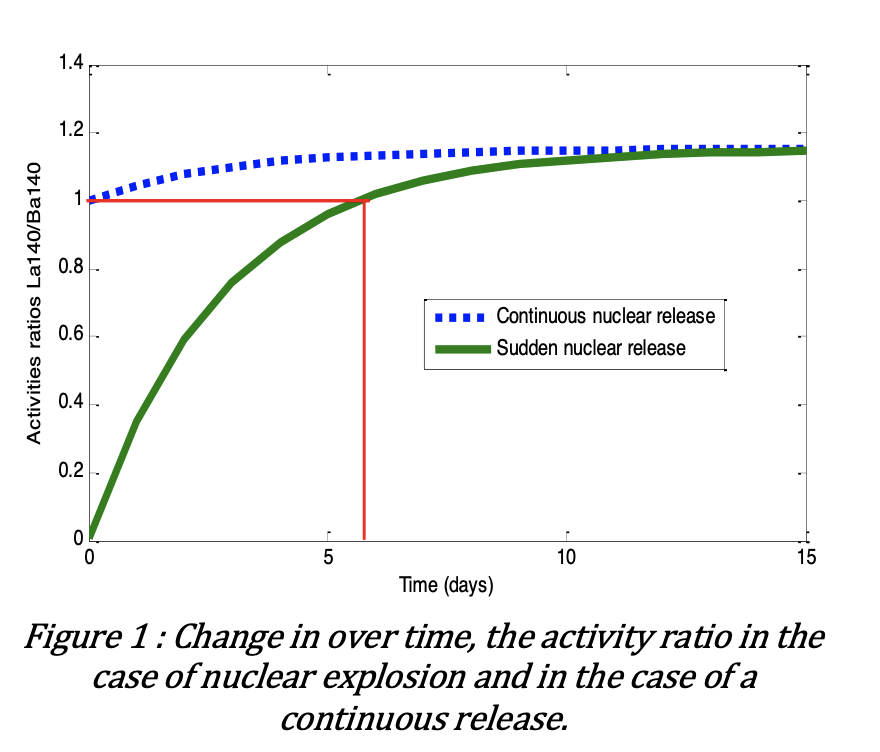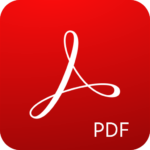La-140/Ba-140 activity concentration ratio use for investigation on nuclear event occurrence
- Post by: SOAPHYS-KZ
- 20 novembre 2023
- Comments off


http://dx.doi.org/10.46411/jpsoaphys.2023.011
Section de la parution: Informations de publication
J. P. Soaphys, Vol 3, N°1 (2023) C21A01
Pages : C21A01-1 à C21A24-6
Informations sur les auteurs
Kassoum Yamba1*,
Oumar Sanogo1, Martin B. Kalinowski2, Jean Koulidiati3
1centre National de Recherche Scientifique et
Technologique (IRSAT/CNRST), Ouagadougou, Burkina Faso
2Comprehensive nuclear Test-Ban
Treaty Organization (CTBTO), Vienna, Austria
3Université Joseph Ki-Zerbo, Ouagadougou, Burkina
Faso
Corresponding author e-mail: fairlir@yahoo.fr
ABSTRACT
During the month of May 2010, many
radionuclides monitoring stations of the International Monitoring System (IMS)
of CTBO detected some radionuclides. Some of them are La-140 and Ba-140. In the
present paper we have done an investigation on the possible origin of these
radionuclides as well as their release date, by using the isotopic activity
ratio calculated from activity concentration recorded at the japan monitoring
station JPP37 between 15 May and 23 May 2010 by using eight (08) samples. We
concluded that these radionuclides are from the nuclear explosion that occurred
in North Korea in May 2010 between 11 to 13th.
Keywords : CTBTO, Zero-time, isotopic Activity ratio, La-140, Ba-140
RESUME
En Mai 2010, plusieurs stations de surveillance des
radionucléides du système de surveillance international (SSI) de l’Organisation
du traité d’interdiction complète des essais nucléaires (OTICE) ont détecté des
particules radioactives. Parmi ces détections se trouve une quantité non négligeable
des radionucléides La-140 et Ba-140. Cet article propose une méthode
d’investigation sur les origines possibles de ces détections enregistrées au
niveau du système SSI, par l’utilisation des rapports d’activité isotopique
calculés à partir des concentrations d’activité. Huit (8) échantillons prélevés
du 15 au 23 Mai 2010 ont été analysés. Il en résulte que l’évènement nucléaire
ayant conduit à ces libérations ou rejets des radionucléides est lié
probablement à une explosion nucléaire survenue entre le 11 et le 13 Mai 2010
en Corée du Nord.
Mots-Clés : CTBTO, Zero-time, isotopic Activity ratio, La-140, Ba-140
Axelsson, A., and A. Ringbom. 2014. « On the Calculation of Activity Concentrations and Nuclide Ratios from Measurements of Atmospheric Radioactivity. » Applied Radiation and Isotopes 92 (0): 12-17. https://doi.org/10.1016/j.apradiso.2014.05.020.
Björck, Åke. 1990. « Least Squares Methods. » In Handbook of Numerical Analysis, Volume 1:465-652. Elsevier. http://www.sciencedirect.com/science/article/pii/S1570865905800365.
https://doi.org/10.1016/S1570-8659(05)80036-5
De Geer, Lars-Erik. 2012. « Radionuclide Evidence for Low-Yield Nuclear Testing in North Korea in April/May 2010. » Science & Global Security 20 (1): 1-29. https://doi.org/10.1080/08929882.2012.652558.
2013. « Reinforced Evidence of a Low-Yield Nuclear Test in North Korea on 11 May 2010. » Journal of Radioanalytical and Nuclear Chemistry 298 (3): 2075-83. https://doi.org/10.1007/s10967-013-2678-5.
Ihantola, Sakari, Harri Toivonen, and Mikael Moring. 2013. « 140La/140Ba Ratio Dating of a Nuclear Release. » Journal of Radioanalytical and Nuclear Chemistry 298 (2): 1283-91. https://doi.org/10.1007/s10967-013-2504-0.
Schulze, Joachim, Matthias Auer, and Robert Werzi. 2000. « Low Level Radioactivity Measurement in Support of the CTBTO. » Applied Radiation and Isotopes 53 (1-2): 23-30. https://doi.org/10.1016/S0969-8043(00)00182-2.
Yamba, Kassoum, Oumar Sanogo, Martin B. Kalinowski, Mika Nikkinen, and Jean Koulidiati. 2016. « Fast and Accurate Dating of Nuclear Events Using La-140/Ba-140 Isotopic Activity Ratio. » Applied Radiation and Isotopes 112 (June): 141-46. https://doi.org/10.1016/j.apradiso.2016.03.013.
